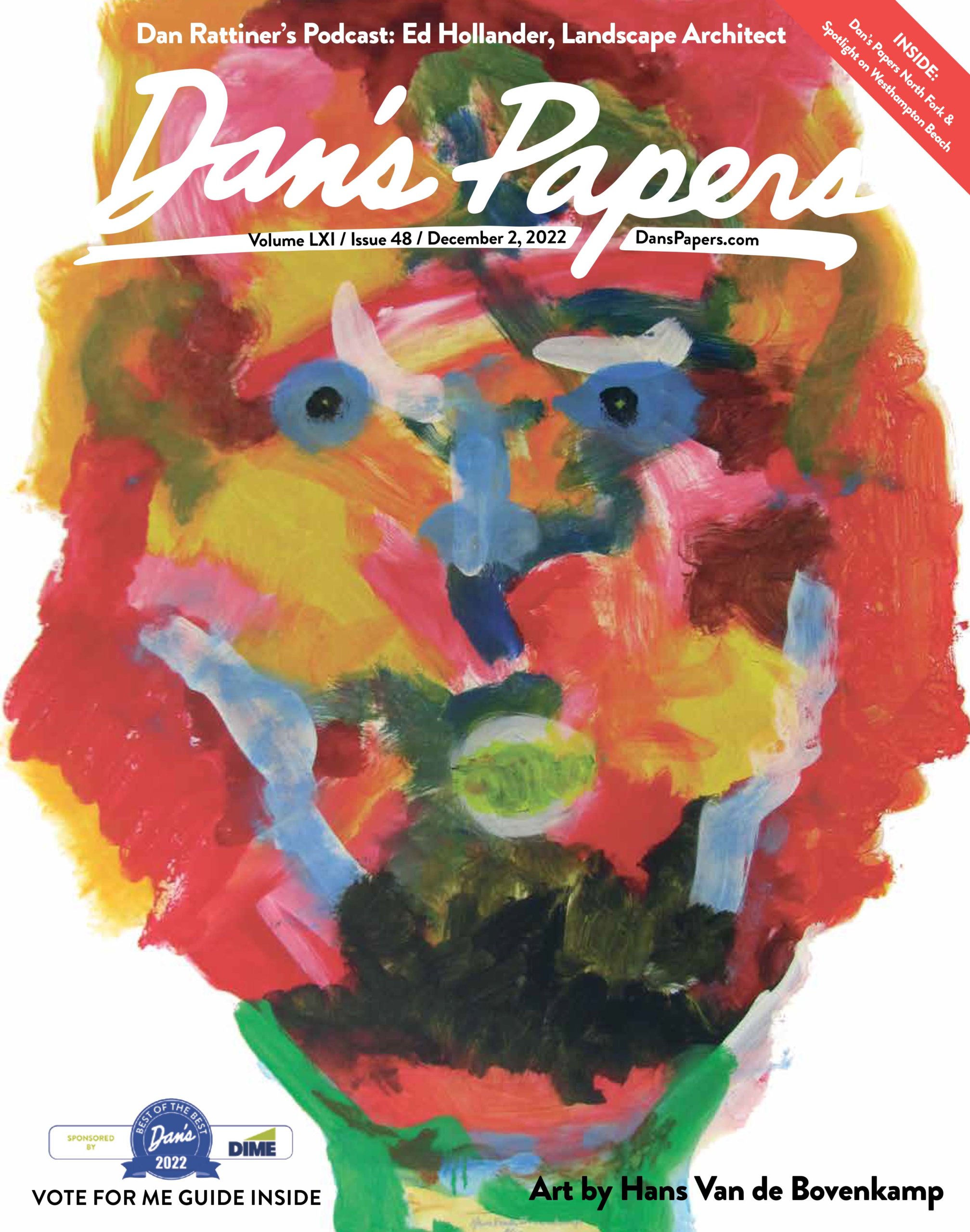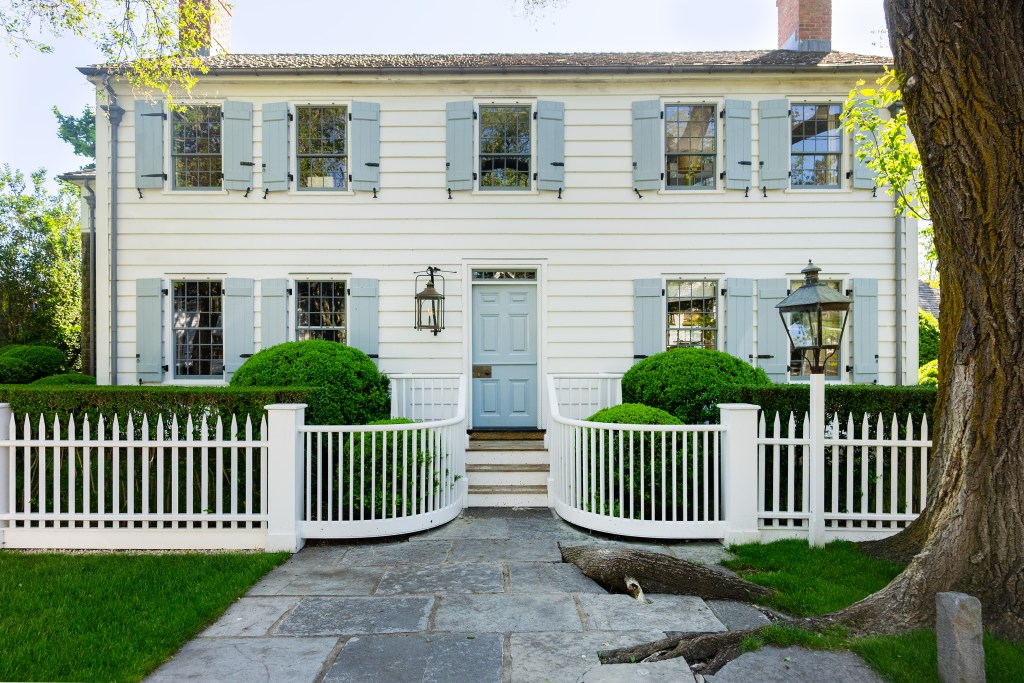Dan's Cover Artist Hans Van de Bovenkamp Adds Painting to His Milieu
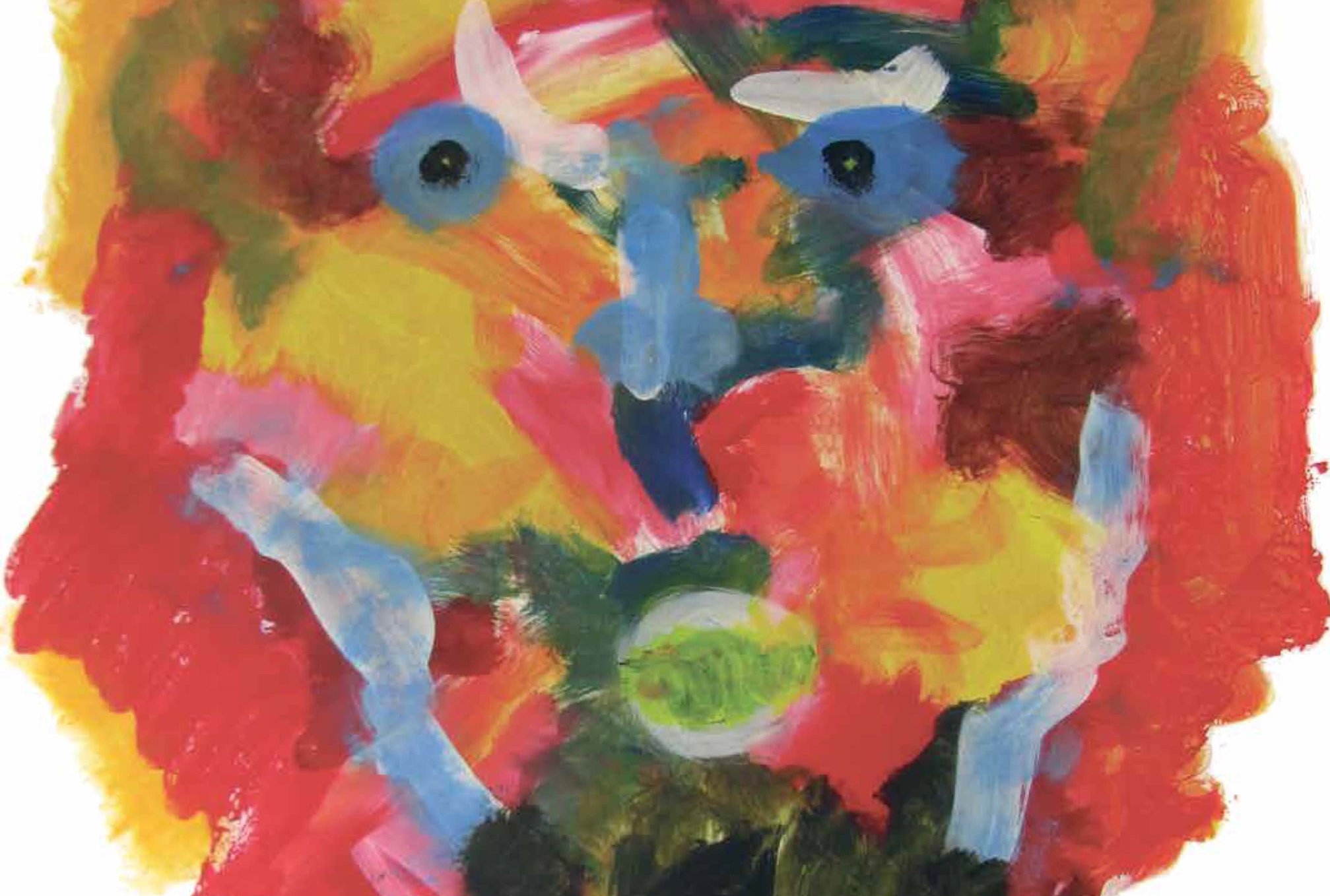
This week’s colorful cover comes to us from acclaimed Dutch-born sculptor Hans Van de Bovenkamp. He discusses the inspiration for “Adam” and the resulting series, his career in sculpture and his recent shift in artistic focus.
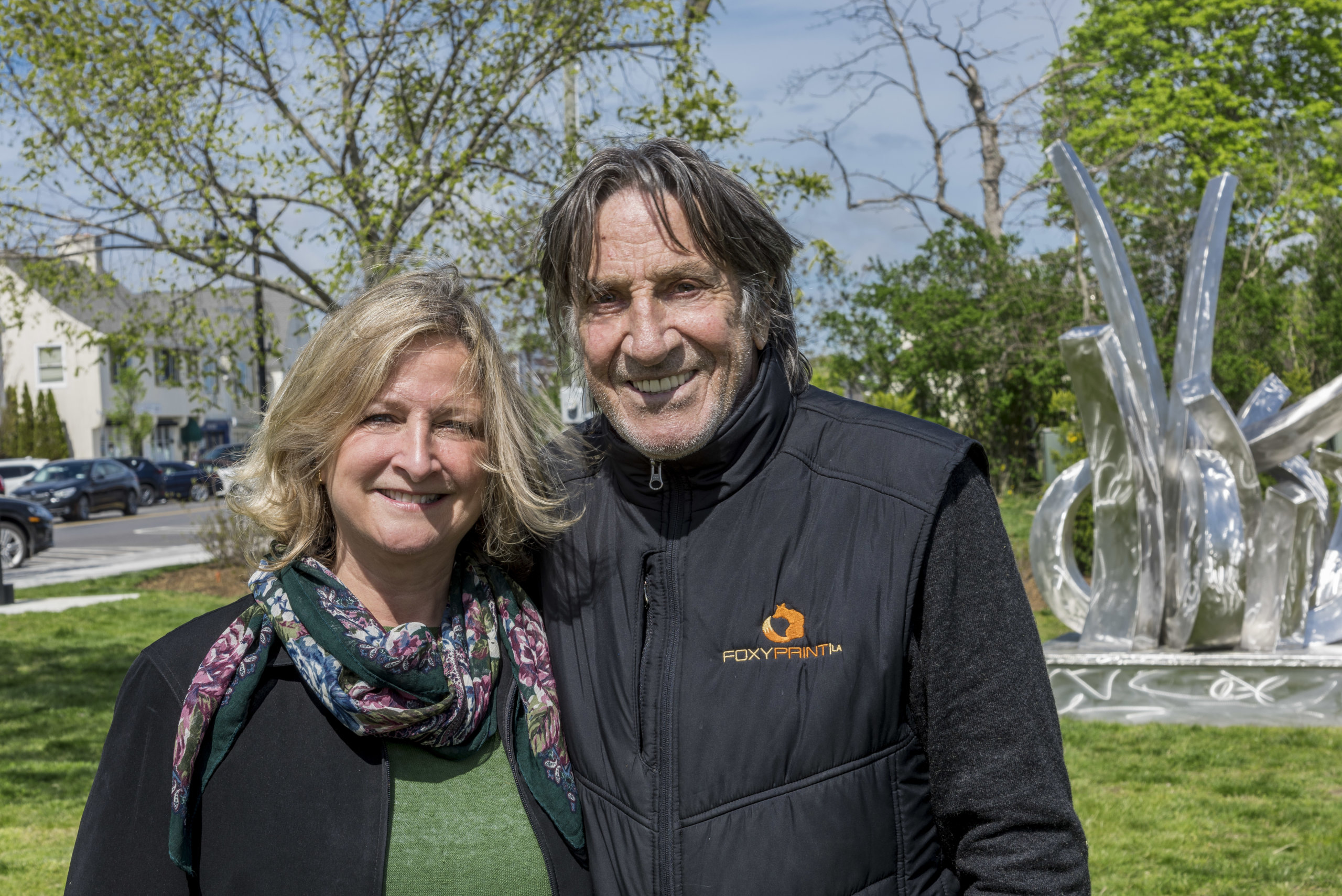
Hans Van de Bovenkamp Discusses Painting & Sculpture
What inspired you to paint “Adam,” and is the painting part of a series?
I’ll tell you a story. My wife is from Ethiopia but African American. And people say to me, “Oh, Mr. Hans, aren’t you living with a lady of color?” “I don’t know,” I say, “I’ll check tonight when I go home.” Of course, I was trying to be funny. …
I came up with the idea of faces of many colors, as it’s basically a protest piece against prejudice. … These are kind of abstract paintings of many colors, and then I put a nose and an eye, two or three sometimes, a mouth, sometimes no mouth, on these faces.
And this face is about four by two-and-a-half foot, roughly.
So I came up with this series, and people are saying, “Hans, this is very fascinating that an artist is doing protest work.”
It’s very subtle, not wanting to acknowledge prejudice, but it is part of this world. I did this here in America, and I hope people look at it and say, “Yeah, you know, we are all of different colors.”
I have some white, I have some black and all the colors in between. That’s the idea of this series. Each one is different. “Adam” is the first one, that’s why it’s called “Adam,” it’s kind of Biblical. …
It’s in a series, and I didn’t know (it would become a series), I just did one more to show my wife, and she had to laugh.
She said, “Hans, it’s a riot. What a subtle way to tell people they cannot be prejudiced, because the world was created with many colors.” I have done about 25 of them, and I’m doing some more. …
How would you describe your painting style and how did you develop it?
I am influenced by the abstract expressionists like Willem de Kooning, Jackson Pollock and Karel Appel. That’s the background of where it came from.
This painting, if you take the eye, the nose and the mouth away, it looks like an abstract painting, because there’s just color.
But the moment I added the most primitive childlike lines of an eye, nose and mouth — it’s not beautifully detailed like a Rembrandt, there’s just a suggestion — it really reads well. I was kind of surprised myself, so I’ve been going kind of wild with this.
I started off putting pieces on canvas, and then I’ve been doing mostly acrylic paint on very heavy watercolor paper. … With acrylic, just like with oil paint, you can add on top.
If I don’t like an area that was blue, then I may paint it red. As I’m painting, I may paint (six to nine layers), and I’d tweak it a little bit.
Very slowly, it becomes dimensional, so it’s not just a flat abstract painting, because I add a few simple, suggestive elements of people — major features in three dimensions — now all of a sudden, the whole thing makes sense. It all came together.

Talk about your sculpture work and how it’s led to your interest in painting.
I’m a sculptor. My whole life, I’ve been sculpting … maybe 45 years. I was 18 when I started. I studied architecture, but in architecture, when I came out of the University of Michigan, there was no business.
So I said, “Well, let me do something.” … I had been starting to paint my sculpture, and then I said, “It’s still all very heavy.”
It’s very complex to paint sculpture, because it’s a lot of preparation, and it needs a couple coats of primer and then finishing work, and really, professionals do that for me. But with this, I want to do it and have it come from my own hands.
Nobody helps me with the painting. A sculpture is maybe 80% done by my assistants, but here I do this 100%. …
To add to the process, I’m 84-plus and physically, I’ve been a little bit beat up by the sculpture, because it’s very heavy.
And sometimes for large sculpture, I have to work outside in the winter, and when I pick up a piece of metal, it’s as cold as a piece of ice.
I never wear gloves, so I’ve taken a lot of beatings making sculptures.
Now it is nice that I can sit in my studio, have the heat on and paint. Physically, I can do it, although I am injured — permanently injured, but I can still paint. That feels very good, very light, very direct.
The painting is emotional and spontaneous, but the sculpture is planned because it has to be made by assistants, and you use very expensive materials. …
The labor is by very skilled craftsmen, those are my assistants, and some aren’t even artists, they’re professional welders. It is a teamwork, but I am the idea man, and I have the connections.
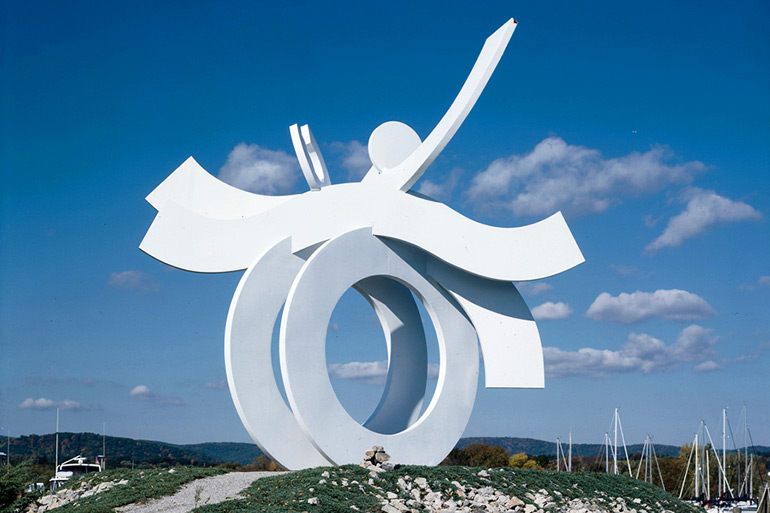
At this point, would you say you’re creating more paintings than sculptures?
Yes, well painting is a little quicker than sculpture. I can make a painting in a couple days, but sculpture takes months, many months — sometimes a year if it’s a four-foot sculpture — and it’s much more tactical.
I am an untrained painter, which I believe is better, because it really comes in from within my psyche and my subconscious rather than the technique. … And physically, all of a sudden, I’m able to do this, and I’m extending my career at my age.
What is one artistic achievement that you’re especially proud of?
I did a sculpture (“Roadway Confluence”) for the United States Bicentennial that was 40-feet tall, and it has gotten a huge amount of publicity and really helped my career.
A lot of people do not know as much about art as they know about whether the person is well-known.
Then they buy, because it’s safer to buy a Picasso than some unknown person. Ultimately, people who spend a lot of money have the objective of making an investment. You don’t just lay out hundreds of thousands of dollars for a little picture on the wall.
They feel it has to be established, and that’s what I’m trying to do right now — trying to establish this series of work and make a statement in the art world. …
I create out of passion, and I have been very blessed to make a living with it and to have gotten some very huge jobs.
Works from Hans Van de Bovenkamp’s series of colorful faces— as well as art by Anahi DeCanio, Christine Matthäi and Beth O’Donnell — are on view at the Gallery @ Hans Van de Bovenkamp Studio in Sagaponack by appointment through December 6.
RSVP to geralyne@vandebovenkamp.com. See more of Hans Van de Bovenkamp’s art at vandebovenkamp.com.
